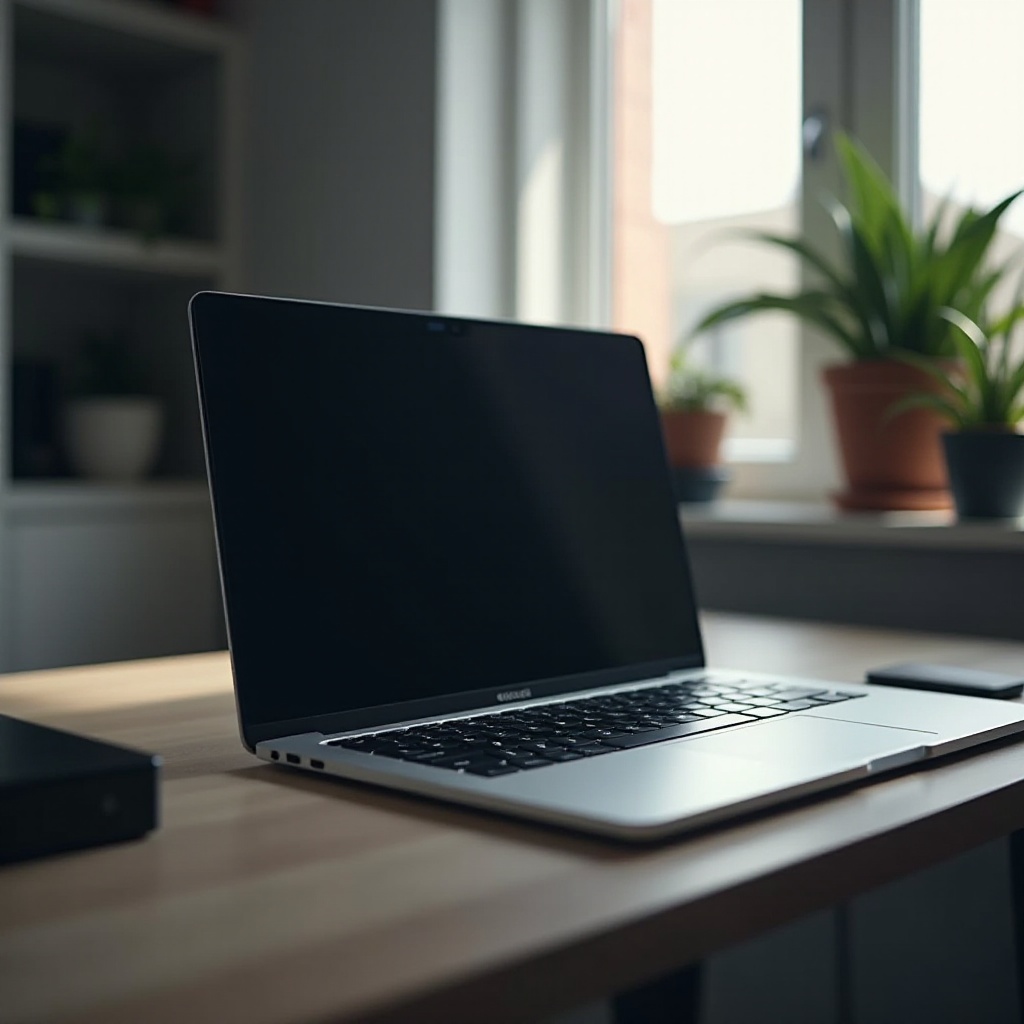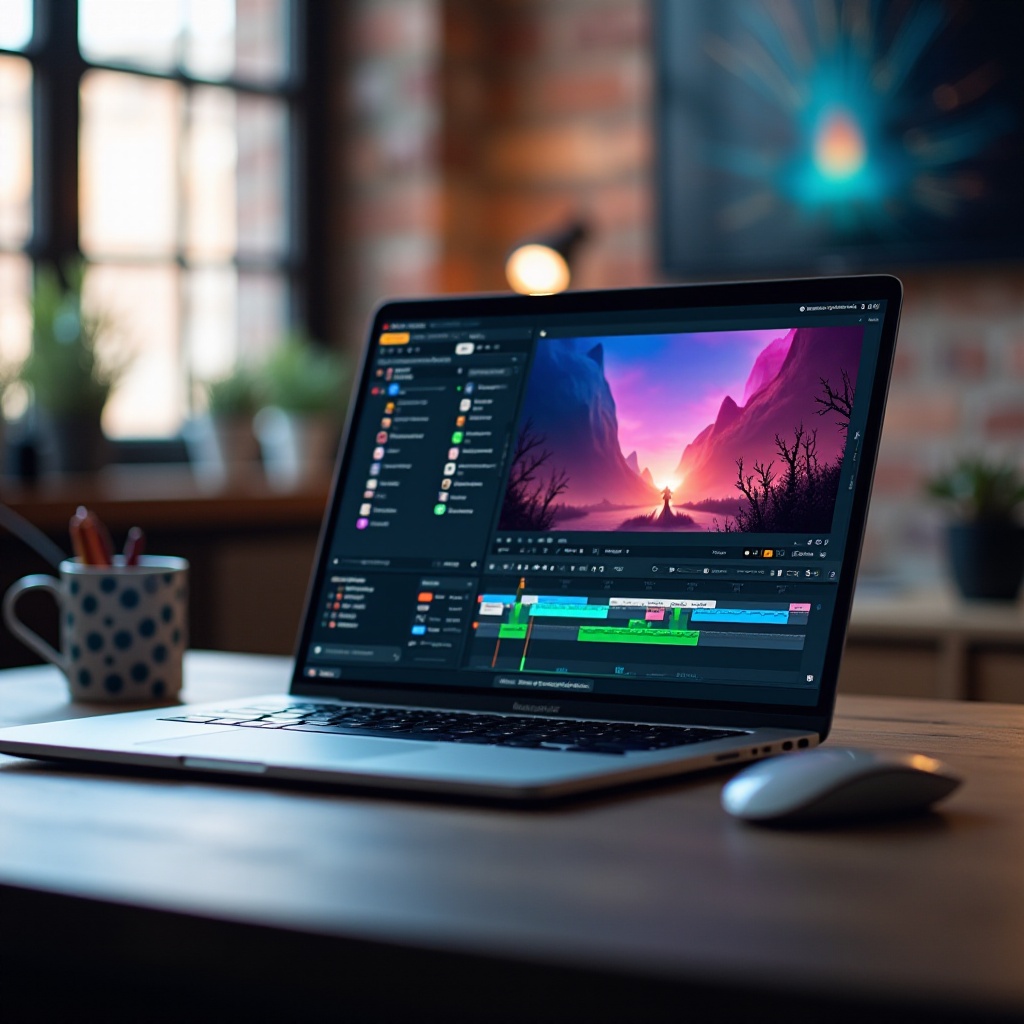Laptop Specifications for Video Editing in 2024
Introduction
For video editors, having the right laptop is crucial. It can significantly impact the speed and efficiency of their creative workflow. A laptop built for video editing handles high-resolution files and demanding software, ensuring smooth transitions and less downtime. This guide will walk you through the critical specifications you need to consider when selecting a laptop for video editing in 2024.

The Importance of the Right Laptop for Video Editing
A properly equipped laptop can effortlessly manage intensive tasks like 4K rendering or running complex editing suites. Investing wisely in the right hardware ensures your device will meet both present and future editing demands. Understanding these essential components helps you make choices that align with your workflow.
Key Specifications for Video Editing Laptops
Choosing the right specifications involves understanding the role of each component in a laptop. You want a balance that maximizes performance and value while prioritizing features essential for video editing.
Processor (CPU): Why It Matters
The CPU is vital for video editing as it processes the instructions to run your editing software. A powerful CPU manages higher workloads effortlessly, reducing render times and improving overall editing fluidity. For 2024, consider a minimum of a quad-core processor such as Intel’s i7 or i9, or AMD’s Ryzen 7 or 9. These provide the processing strength required for handling complex software and large video files.
Graphics Card (GPU): Enhancing Your Editing Capabilities
The GPU helps in rendering video files faster and managing high-resolution playback. This makes a dedicated graphics card indispensable for any serious editor. NVIDIA’s GeForce RTX or AMD’s Radeon RX series are strong contenders, equipped with significant VRAM necessary for dealing with larger files like 4K or 8K footage.
RAM: Ensuring Smooth Multitasking
RAM affects how your laptop handles multiple tasks. The more RAM, the better your laptop will perform with large files and intensive editing software. Start with at least 16GB for video editing, though 32GB will provide noticeable improvements in managing larger projects seamlessly.
Storage: SSD vs HDD for Video Editing
Fast storage is crucial for loading large files quickly and efficiently. SSDs offer quicker read and write speeds than traditional HDDs, enhancing your overall editing experience. Aim for a minimum of 512GB SSD, with 1TB or more ideal if your budget allows. This will ensure that software loads quickly and project files are accessed with minimal delay.
With an understanding of individual components, let’s turn our focus to display quality, a crucial aspect of video editing.
Display and Color Accuracy: A Crucial Component
A good display ensures what you see is as true to life as possible. This is essential for accurate editing and color grading. Aim for a laptop with at least a Full HD screen, though 4K displays offer greater detail and precision. IPS panels are highly recommended for their superior color accuracy and viewing angles, providing a reliable tool for precise editing work.

Battery Life and Portability: Balancing Power and Flexibility
Editors often work on the move, making battery life and portability top considerations. Opt for laptops that strike a balance between high performance and battery efficiency, offering a minimum of 8 hours of battery life. This ensures you can remain productive while traveling or working away from a power source.
Transitioning from component analysis, let us examine the best laptop models that meet these editing specifications.

Top Laptop Recommendations for Video Editing in 2024
Consider these laptops that exemplify excellent specifications for video editing:
-
MacBook Pro 16-inch (2024): Featuring the latest M3 chip, it combines power and efficiency, with an excellent display and long battery life suited for professional editing.
-
Dell XPS 17: Well-known for its robust performance with Intel’s latest processors and NVIDIA RTX graphics cards. Its stunning, large display makes it a preferred choice for video professionals.
-
HP Spectre x360 16: Offers a compelling mix of power and portability, with strong battery life ideal for editors who need mobile workstations.
These selections balance power, display quality, and portability, making them reliable choices for editors seeking performance and flexibility in 2024.
Conclusion
When selecting a laptop for video editing, focus on the core specifications such as CPU power, GPU capability, RAM size, storage speed, and display quality. A thoughtful investment in these areas ensures your laptop meets the demands of today’s complex editing tasks while future-proofing your capabilities as software and file sizes evolve. Prioritizing these elements will enhance your productivity and creative output, making sure your projects receive the utmost focus and professionalism.
Frequently Asked Questions
What is the minimum RAM required for video editing?
At least 16GB of RAM is recommended, though 32GB is ideal for handling larger files and more intensive tasks.
Is it necessary to have a dedicated GPU for video editing?
Yes, a dedicated GPU is crucial for handling rendering tasks and ensuring smooth playback, particularly with high-resolution videos.
How important is screen resolution in choosing a laptop for video editing?
Screen resolution is critical as it affects the clarity and precision of your work. A minimum of Full HD is required, with 4K resolution offering optimal detail.

